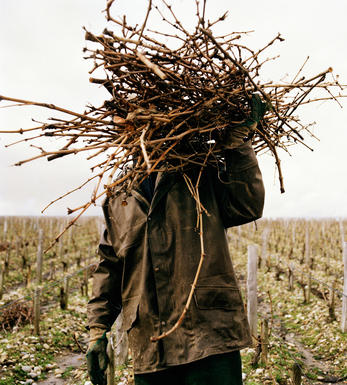
2020 Pouilly-Fuissé, Les Combes, Vieilles Vignes, Domaine Verget, Burgundy

About this WINE

Domaine Verget
In less than 10 years Verget has become one of the most respected négociants/éleveurs in Burgundy, even though its rise to fame has not been without controversy. In 1991 Belgian Jean-Marie Guffens set up a high-tech winery in the sleepy village of Sologny in the Mâconnais and began buying-in fruit from carefully selected growers across the whole of Burgundy.
Having settled in the Mâconnais with his small domaine, the rambunctious Belgian Jean-Marie Guffens decided to develop a small négociant business, originally in partnership with his compatriot Jean Ricjkaert. There is now a relatively stable Mâconnais portfolio, though the designation of the wines may change, along with various excursions into the Côte d’Or and especially Chablis. The latter is a love-hate relationship. He loves the place and the potential of its wines. He does not always see eye-to-eye with the people and he hates the mediocrity of some of their product. In some years he purchases widely, in others scarcely at all.Today he produces nearly 60,000 cases a year and vinifies wines from 32 different appellations. Across the board his wines have a purity of fruit distinctiveness and, most importantly, they fully reflect their viticultural origins. The secret is in the fruit - he insists on extremely low yields and the grapes being harvested at the point of optimum ripeness. In the winery a policy of minimal handling and meticulous attention to detail is followed.
At the time of writing there is the possibility of diversification into red wines, particularly with the assistance of right-hand man Julien Desplantes.
Jasper Morris MW, Burgundy Wine Director and author of the award-winning Inside Burgundy comprehensive handbook.

Pouilly-Fuissé
Pouilly-Fuissé is the most distinguished wine appellation in the Mâconnais, making rich, full-bodied white Burgundy from Chardonnay in four communes: Chaintré, Fuissé, Solutré-Pouilly and Vergisson. There is a move afoot to consider classifying individual vineyard sites.
Since arriving in the Mâconnais in 1987, Olivier and Corinne Merlin have become among the region’s most respected producers. After 10 years, they began buying Pouilly-Fuissé grapes, and now make three different cuvées each vintage.Pouilly-Fuissé should not be confused with Pouilly-Fumé or Pouilly-sur-Loire in the Loire Valley that produce wines from Sauvignon Blanc.

Chardonnay
Chardonnay is often seen as the king of white wine grapes and one of the most widely planted in the world It is suited to a wide variety of soils, though it excels in soils with a high limestone content as found in Champagne, Chablis, and the Côte D`Or.
Burgundy is Chardonnay's spiritual home and the best White Burgundies are dry, rich, honeyed wines with marvellous poise, elegance and balance. They are unquestionably the finest dry white wines in the world. Chardonnay plays a crucial role in the Champagne blend, providing structure and finesse, and is the sole grape in Blanc de Blancs.
It is quantitatively important in California and Australia, is widely planted in Chile and South Africa, and is the second most widely planted grape in New Zealand. In warm climates Chardonnay has a tendency to develop very high sugar levels during the final stages of ripening and this can occur at the expense of acidity. Late picking is a common problem and can result in blowsy and flabby wines that lack structure and definition.
Recently in the New World, we have seen a move towards more elegant, better- balanced and less oak-driven Chardonnays, and this is to be welcomed.


Buying options
Add to wishlist
wine at a glance
Delivery and quality guarantee